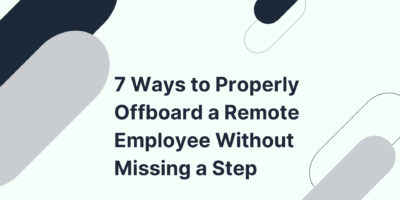
Ovia Health – Meet a Vendor
Ovia Health’s mission is to make a happy, healthy family possible for everyone. With Ovia, the nation’s leading digital solution for fertility, pregnancy and parenting, women and families track their reproductive and children’s health during their most transformative life stages.





